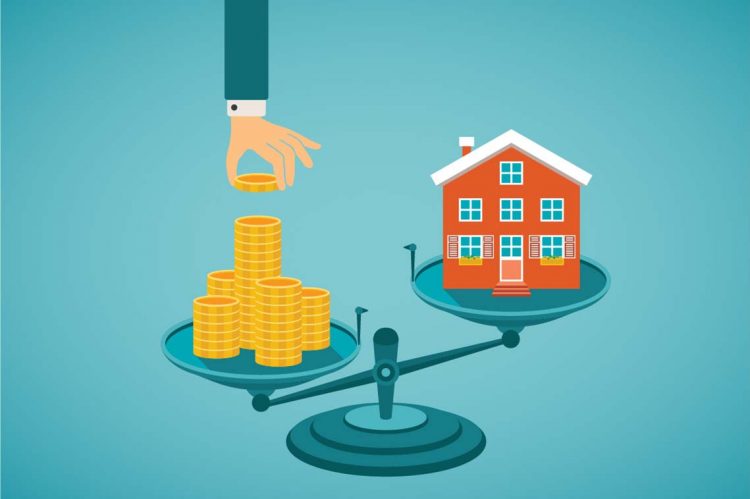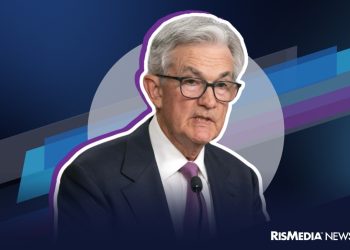From surging home prices and inventory shortages to elevated inflation adding to the mix, no one could’ve predicted how the housing market or U.S. economy would rebound from the pandemic.
Stay Connected with REW CRM’s Push Notifications
Stay on top of every opportunity with real-time alerts for key activities such as lead assignments and new inquiries. Instant updates mean faster responses, more conversations and higher conversion rates. Learn more.
Business Tip of the Day provided by
Categories
The Most Important Real Estate News & Events
Click below to receive the latest real estate news and events directly to your inbox.
By signing up, you agree to our TOS and Privacy Policy.












